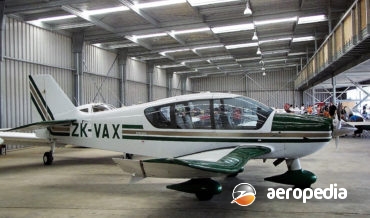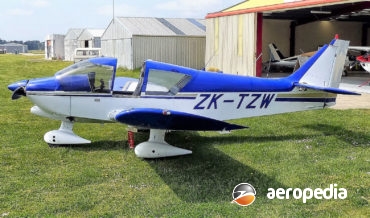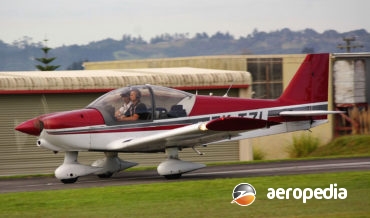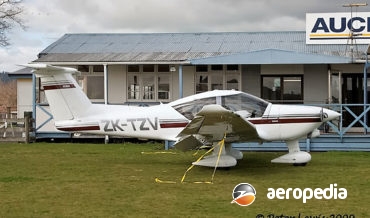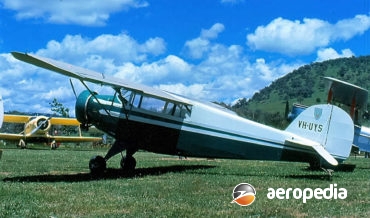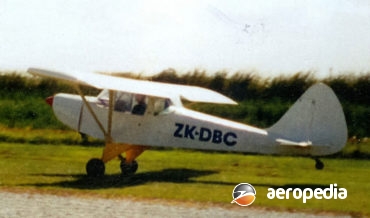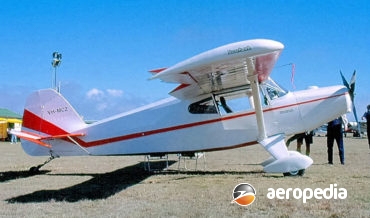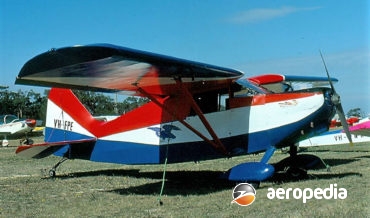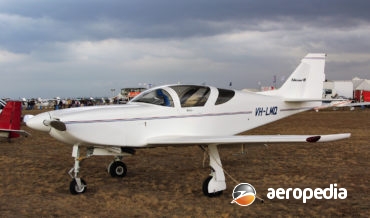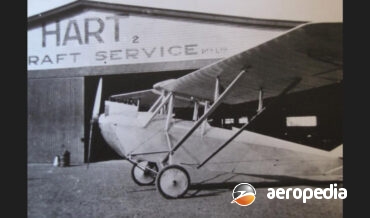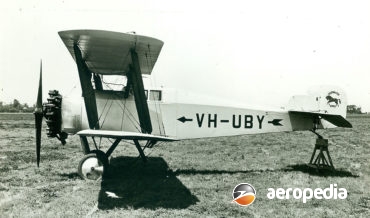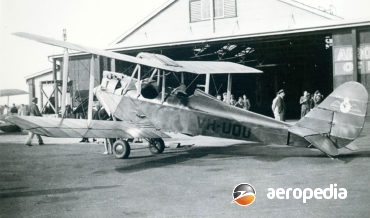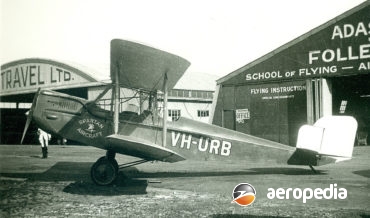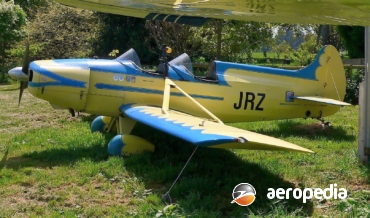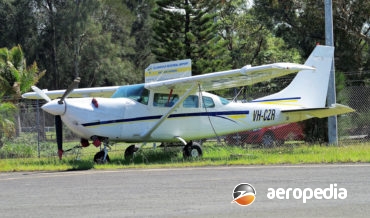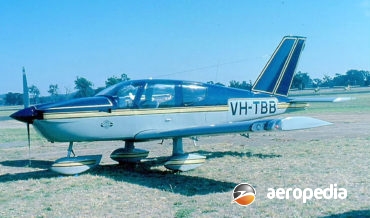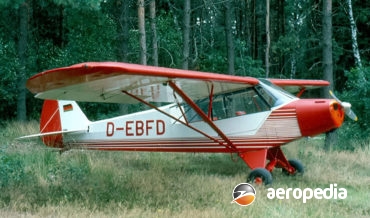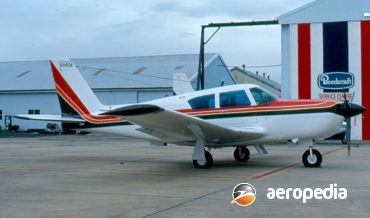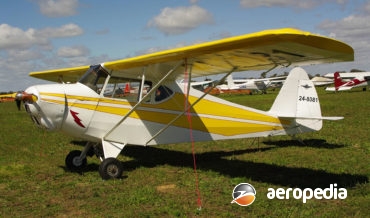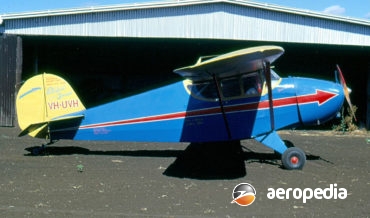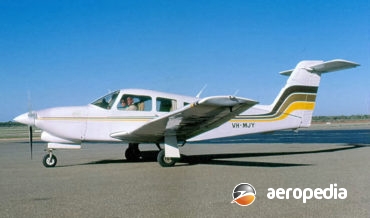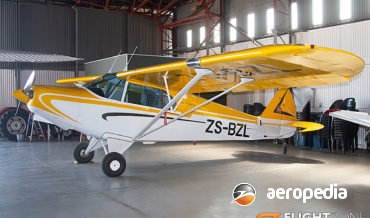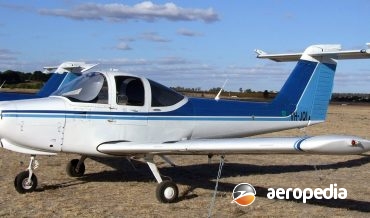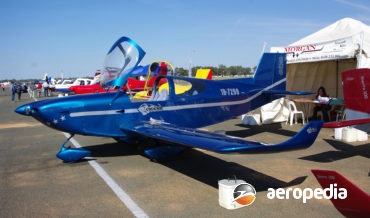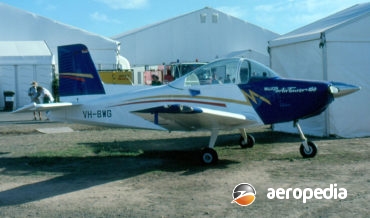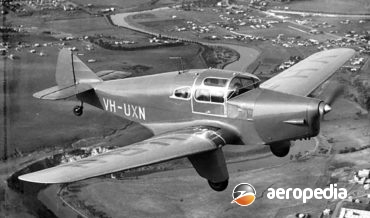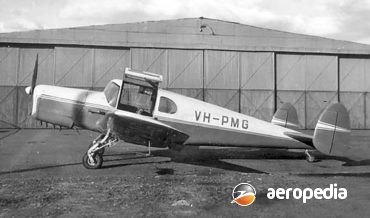All Contents
Contents
Following the success of the DR.253 Regent, DR.315 Cadet, DR.340 Major, DR360 Chevalier and DR.380 Prince series of aircraft, all of which were basically of wooden construction, Centre Est, or Robin, introduced the DR.400, construction of the prototype of which began in 1971.
David C. Eyre
- May 8, 2019
The Aiglon was one of a series of touring monoplanes produced in France in the late 1970s and early 1980s and completed in small numbers, the prototype making its first flight on late 1976 and being known as the R.1180 Aiglon.
David C. Eyre
- May 8, 2019
This series of light aircraft was developed from the Avions Pierre Robin R.2160, and was designed by Robin Aviation in France in 1978 but in 1985 production ceased. Production re-commenced in 1994 after some redesign, which included new electrics and hydraulic brakes, better corrosion proofing etc, and a new, for
David C. Eyre
- May 8, 2019
In 1978 Centre Est continued its design and development of the old Jodel series and produced a new series of touring aircraft known as the R.3000, these being all-metal touring and training aircraft and differed from the earlier designs in having a T-tail.
David C. Eyre
- May 8, 2019
The Ravin is an all-composite four-seat light aircraft produced by SA Ravin Aircraft of Pretoria in South Africa.
David C. Eyre
- May 8, 2019
In 1928 R A Rearwin started to design and produce a series of light aircraft for the commercial market which culminated in the Sportster series of two-seat, light touring monoplanes.
David C. Eyre
- May 8, 2019
In 1960 The Cessna Aircraft Company of Wichita, Kansas, obtained a 49% holding in the French company Societe Nouvelle de Avions Max Holste, the name of this company later being changed to Reims Aviation SA.
David C. Eyre
- May 8, 2019
The PT-2 is one of a series of light aircraft produced by Rag Wing Plans Service of Craytonville Airfield, Honea Path, South Carolina, aimed at the ultra-light market.
David C. Eyre
- May 8, 2019
The Bearhawk is a light touring aircraft designed to be built by the amateur constructor and is of steel tube construction with fabric covering, with engines ranging from 112-kw (150-hp) to 194-kw (260-hp) able to installed, and with a tailwheel undercarriage.
David C. Eyre
- May 8, 2019
The first aircraft in the Skycoupe series, the SA-7, was not originally planned for production, but interest in the aircraft forced the designer, Ray Stits, to revise his plans.
David C. Eyre
- May 8, 2019
The Glasair III is a dual, control aircraft developed for the home-built market by Stoddard Hamilton Aircraft of Arlington, Washington, as a more powerful version of the II series.
David C. Eyre
- May 8, 2019
In the 1930s David Staig, an automobile engineer from Surrey Hills in Melbourne, obtained a pilots licence and decided to build his own aircraft.
David C. Eyre
- May 8, 2019
The Gnu was introduced in 1919 by the Sopwith Aviation Co of Canbury Park Road, Kingston-on-Thames, as a three-seat touring biplane or taxi aircraft with an enclosed cabin for the two passengers, although the enclosed cabin was found to be very cramped and was not popular and most were operated
David C. Eyre
- May 8, 2019
The British light aircraft manufacturing company, Simmonds Aircraft Ltd, underwent some changes in 1930 and became Spartan Aircraft Ltd and produced aircraft initially at its Weston, Southampton facility, before moving to East Cowes on the Isle of Wight on 20 February 1931.
David C. Eyre
- May 8, 2019
Produced as a successor to the Simmonds Spartan, between 1930 and 1935 Spartan Aircraft Ltd constructed a total of twenty-six examples of its Three-Seater, the first two being completed at Southampton, and the remainder at the company’s new facility at East Cowes on the Isle of Wight.
David C. Eyre
- May 8, 2019
In 1957 Mr Tony Spezio commenced design of a two-seat light sporting aircraft that reminded him of some of the racing aircraft that were seen around the airshow circuit in the United States in the 1930s, particularly the Howard Ike.
David C. Eyre
- May 8, 2019
In 1975 the Research and Development Department of the Societe de Construction D’Avions de Tourisme et D’Affaires in France (a subsidiary of Aerospatiale) initiated the design of a new series of touring monoplanes.
David C. Eyre
- May 8, 2019
The TB-20 Trinidad was designed by Socata, a subsidiary of Aerospatiale, as a natural up-market development of the popular TB-10 Tobago but fitted with a retractable undercarriage, a 187-kw (250-hp) engine, and an increased fuel capacity.
David C. Eyre
- May 8, 2019
In 1985 Soloy Aviation Solutions converted a Cessna 206 to turbine power, replacing the Continental TIO-520 engine with a Rolls Royce / Allison 250 turboshaft, this engine providing in this installation 311-kw (417-shp) and gives better performance, safety and value, and since then other Cessna models including the 182 and
David C. Eyre
- May 8, 2019
In 1979 Socata, the general aviation division of Aerospatiale, was continuing with development of a series of light aircraft and at this time the TB-10 was named the Tobago, and a new less powerful model became the TB-9 Tampico, the latter being aimed at the training market.
David C. Eyre
- May 8, 2019
The T-67 Firefly series was a development by Slingsby Aviation of the Fournier RF-6B two-seat aerobatic club trainer designed in the early 1970s and built with a steel-tube fuselage with fabric covering, and a wood with fabric covered wing.
David C. Eyre
- May 8, 2019
The PZL-102 Kos (Blackbird) was designed and developed by Polskie Zakladey Lotnicze (PZL), the prototype powered by a 48-kw (65-hp) Narkiewicz four-cylinder horizontally-opposed air-cooled engine flying for the first time on 21 May 1958.
David C. Eyre
- May 8, 2019
The J-5 Cruiser was a logical development of the earlier and very popular J-3 and J-4 series, designed to provide accommodation for three persons in lieu of two, this being achieved by a modest expansion of the fuselage width
David C. Eyre
- May 8, 2019
Following the success of the earlier models of the Comanche, Piper moved on to build what it described in advertising as the ultimate light aircraft: ..this new Piper Comanche 400 is a pretty meaningful airplane
David C. Eyre
- May 8, 2019
In 1968 the Cherokee C variant joined the Cherokee range. Similar to the previous 150 and 160 models, this version added two more aircraft to the series: the PA-28-180 with a 134-kw (180-hp) Lycoming O-360-A3A engine, and the PA-28-235 with a 175-kw (235-hp) Lycoming O-540-B4B5 six-cylinder engine.
David C. Eyre
- May 8, 2019
In 1939 Porterfield Aircraft Corp in Kansas City introduced a new range of light two-seat in tandem cabin monoplanes which were a development of the earlier Model 35 series.
David C. Eyre
- May 8, 2019
The Piper PA-44 Seminole was designed in 1974 as a twin-engine training aircraft for pilots who had previously flown only single-engine aircraft, basically being a replacement for the Twin Comanche
David C. Eyre
- May 8, 2019
The Porterfield 35-70 series of aircraft was placed in production by the Porterfield Aircraft Corporation in the USA in April 1935.
David C. Eyre
- May 8, 2019
The Cherokee Arrow, which was added to the Cherokee range of light touring aircraft in June 1967, was virtually a retractable-undercarriage version of the fixed-undercarriage Cherokee.
David C. Eyre
- May 8, 2019
In the late 1940s Piper Aircraft Corp at Lock Haven, Pennsylvania was looking at producing a four-seat high-wing monoplane along the lines of the PA-12 Super Cruiser and it became known as the PA-14 Family Cruiser, this being achieved by widening the fuselage by 10.16 cm (4-in) and it was
David C. Eyre
- May 8, 2019
The Piaggio P.148 was designed by Giovani Casiraghi for Piaggio in Italy as a two-seat training aircraft, the prototype flying for the first time on 12 February 1951.
David C. Eyre
- May 8, 2019
The Tomahawk was designed by Piper Aircraft basically as a good, all-round, training aircraft with emphasis on simplicity of maintenance and low operating costs, and to compete with the Cessna 150 series on the World market.
David C. Eyre
- May 8, 2019
Designed as a single-engine, high-performance executive aircraft, the Comanche was developed and sold in large numbers throughout the world and, when production concluded in the 1980s when floods destroyed the production line at Lock Haven, some 4,856 examples had been completed, comprising 1,143 Model 180, 2,537 Model 250, 1,028 Model
David C. Eyre
- May 8, 2019
Following on from the PA-24 Comanche series, the Cherokee, like the Cessna 150, 172 and 182 series was designed to meet the requirements of training organisations and private owners for a cheap, economical and practical aircraft for private use.
David C. Eyre
- May 8, 2019
The M-22 Mustang was the first attempt by the Company to produce a single-engine pressurised aircraft and was the ultimate development of the Mooney 20 series of high-performance aircraft.
David C. Eyre
- May 8, 2019
The Cougar is a four-seat development of the Cheetah designed and developed by Morgan AeroWorks of Taree, NSW, formerly Miranda Aircraft, the prototype (19-7298) flying for the first time in late 2009.
David C. Eyre
- May 8, 2019
In 1952 the Royal Aero Club of Great Britain organised a competition to build a two-seat light trainer for club use and Henry Millicer, Chief Aerodynamicist at the Australian Government Aircraft Factory designed an aircraft and submitted it, being one of 103 entrants, the Australian entry being No 97.
David C. Eyre
- May 8, 2019
In the late 1990s Millicer Aircraft Industries obtained rights to build the Airtourer, originally built by Victa at Milperra in Sydney and later built in New Zealand by AESL.
David C. Eyre
- May 8, 2019
The Miles M.4A Merlin was an enlarged development of the Miles M.3 Falcon series designed to accommodate a pilot and four passengers.
David C. Eyre
- May 8, 2019
The Miles M.28 Mercury was a three/four-seat light touring monoplane of similar configuration to the later M.38 Messenger and, although only a small number were built, no two aircraft were the same and all had different designations.
David C. Eyre
- May 8, 2019
Recent Comments
Archives
Categories
- No categories
Categories
- No categories
Latest Posts
Newsletter

